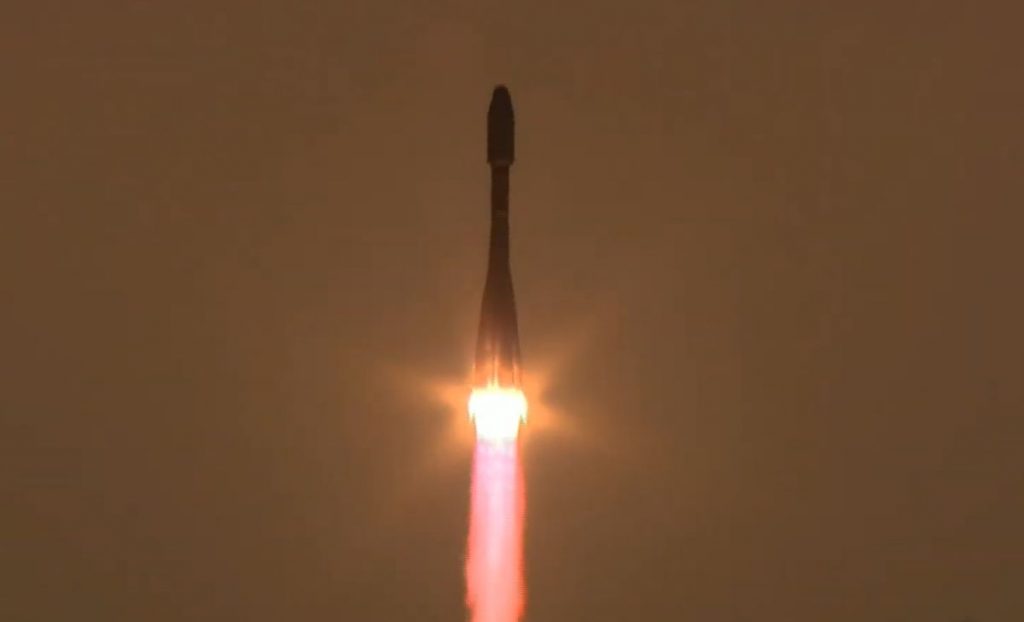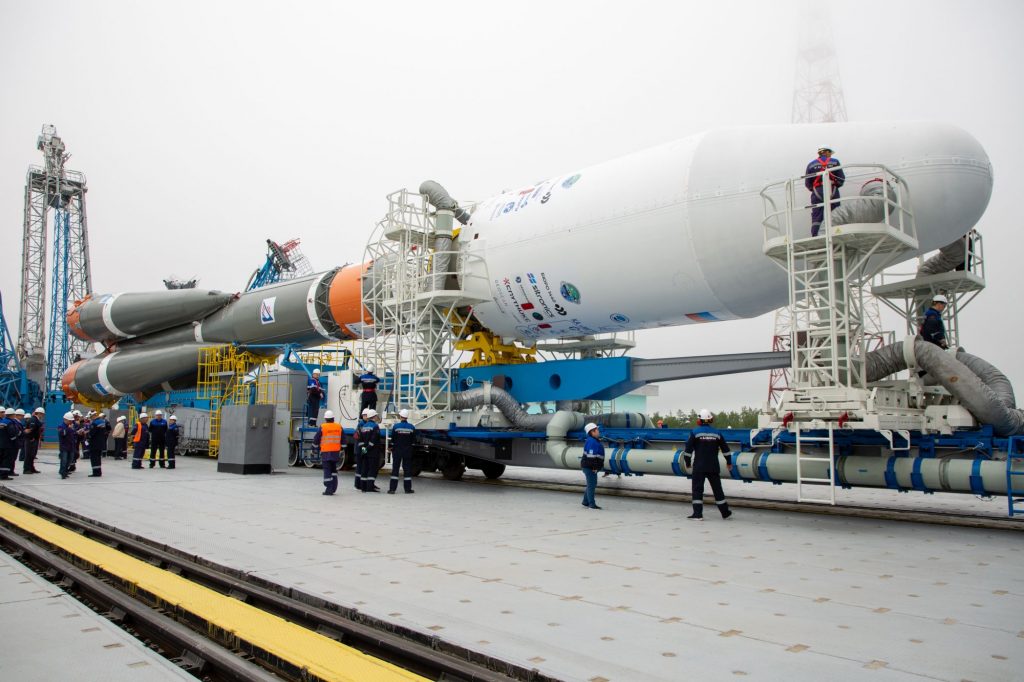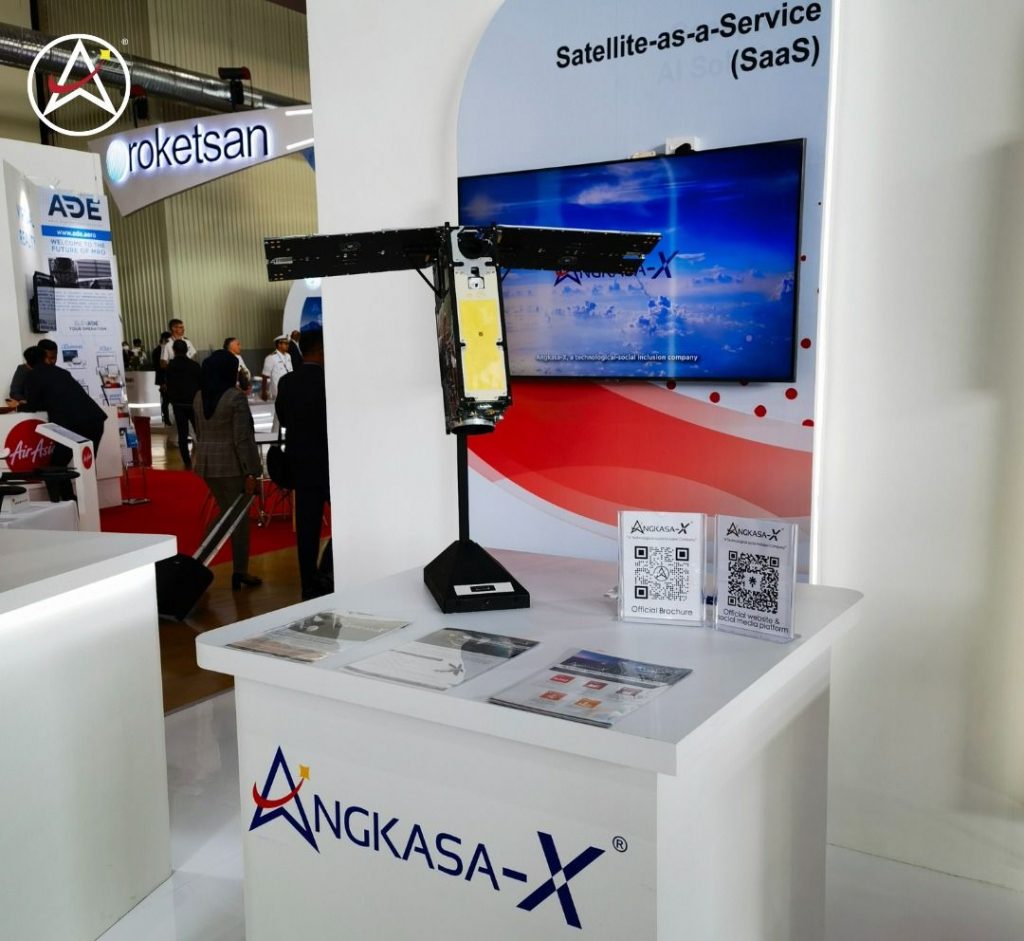Malaysia-based Angkasa-X launched its first satellite, the A-SEANSAT-PG1 (PG1) on Tuesday evening with the aim of propelling the development of spacetech ecosystem in Malaysia as well as providing connectivity in the region through its Satellite-as-a-Service (SaaS) offering. The PG1 was launched from Russia’s Vostochny Cosmodrome on a Soyuz-2.1b launcher at 11:34 am local time on 27th June 2023.

Besides the Malaysian satellite, the Soyuz-2.1b rocket was also carrying a Meteor-M No.2-3 and 41 other CubeSats. Similar to SpaceX’s Starlink constellation satellites, the PG-1 is Low-Earth-Orbit (LEO) satellite which orbits about 500km to 2,000km above Earth. As a comparison, MEASAT-3d which was launched last year is a Geostationary (GEO) satellite which remains stationary at a fixed location at over 35,000km above Earth.
Angkasa-X aims to form two LEO satellite constellations namely A-SEANLINK and A-SEANSAT which aims at providing various satellite connectivity and services throughout ASEAN. The company aims to cover over 50% of remotely populated areas and it is estimated that a total of 500 units of LEO satellites are needed to cover the ASEAN region.

Commenting on the successful launch, Penang Chief Minister Chow Kon Yeow said, “The launch of the PG1, Penang 1 satellite is a momentous occasion for Malaysia, propelling us towards a new era of technological advancement and establishing our position in the global SpaceTech ecosystem. I’m pleased to say that Malaysia is the first country in Southeast Asia to design, assemble and launch homegrown LEO satellites, the first in 2009 with RazakSAT-1, and now PG1 in 2023.”
“This landmark achievement not only enhances data connectivity but also opens doors for innovation and economic growth. By investing in satellite & space technology, we will drive talent development, create high-value jobs, develop new space technology solutions to sell globally and attract domestic and international investment and talent, positively impacting the nation’s economy. This launch also fosters and supports a digitally empowered nation and reinforces our status as a leading player in the space industry. We commend ANGKASA-X for their visionary efforts, and we are excited about the boundless possibilities this satellite launch brings towards Malaysia’s future,” he added.
Meanwhile, Malaysian Space Agency (MYSA) Director General Tuan Haji Azlimakil said, “Today’s launch perfectly aligns with MYSA’s objectives and sets a great example of how we can achieve our goals together in cooperation with the private sector. We are therefore proud to be part of this highly exemplary endeavour, working hand in hand with ANGKASA-X, a visionary company that has demonstrated vast technical know-how and a commitment to excellence.”

Angkasa-X Group Executive Chairman and CEO Dr Sean Seah said the launch marks an extraordinary milestone for Angkasa-X and its dedicated team of Malaysian engineers. He said it exemplifies the incredible talent and their brilliant engineering skills coupled with their relentless pursuit of innovation to propel the ASEAN space economy.
He added, “Connectivity is a necessity for the betterment of human-kind. With the launch of PG1 and our subsequent satellites, we are committed to deliver social inclusion by offering our technologically innovative Satellite-as-a-Service or SaaS, to countries in Southeast Asia, particularly to the over 50% remote areas population that are currently deprived of any means of internet access. Our mission is eventually to bring affordable satellite services to all, especially those underserved regions along the Equator.”
In case you missed it, you can watch the launch below:
0 comments :
Post a Comment